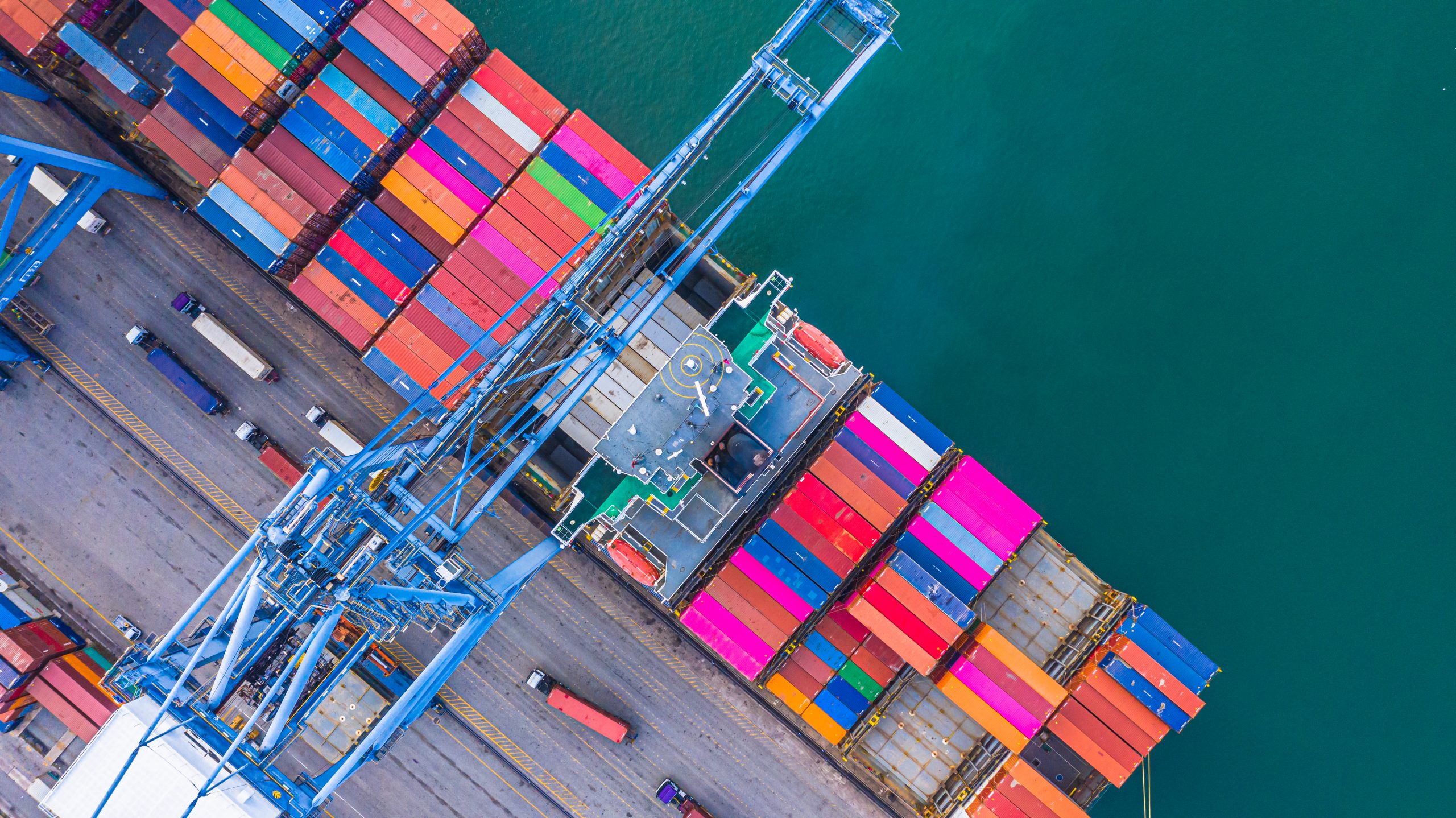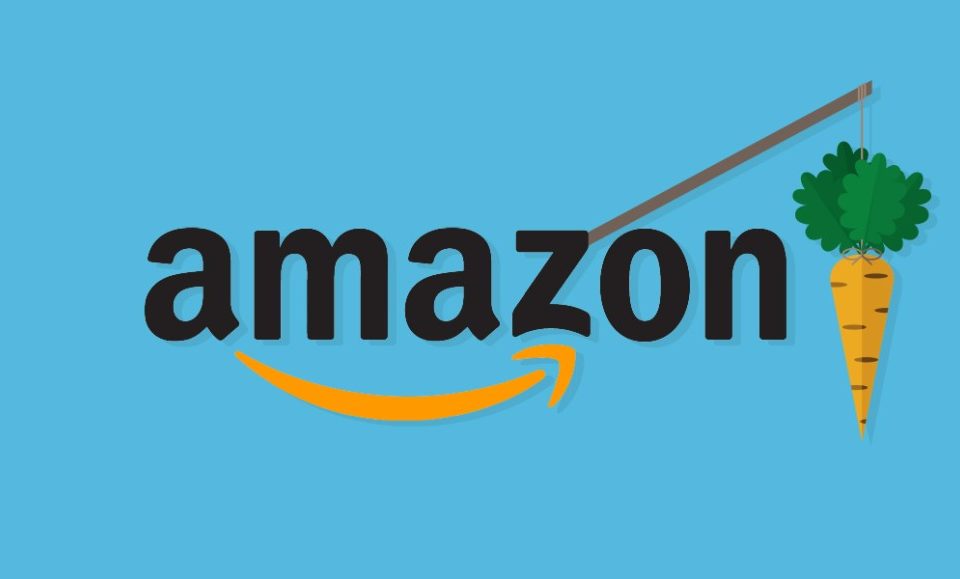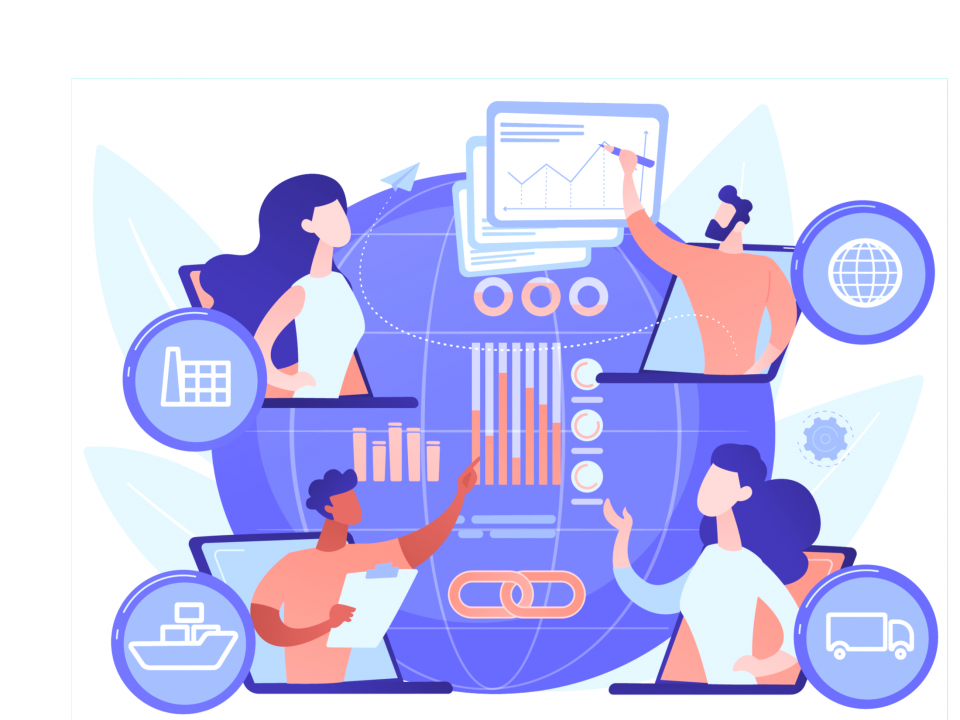
Shipping lines Local Charges
December 16, 2020
How the Rotal Group gain supply chain efficiency
August 3, 2021Ocean Shipping. Regulated & Supervised! Or not???
The shipping industry is one of the most regulated and supervised industries in the world! Or not???
WTFIGO (What the F&*# is going on) – The shipping industry is one of the world’s most regulated and supervised industries! Or not???
Any trade-involved company can feel the change. It’s not a breeze wind, more of a tornado on steroids.
Ocean freight is soaring, and it feels like a global trade chaos influence mostly and aggressively on the low-value goods importers tier, as the freight charges became more and more significant as rates go up.
In difficult times we must ask difficult questions.
Is it legal? What about competition? Can we see the end? What will be the “new normal rates” levels? Is SMB’s can keep up with the competition?
We’re not quite sure if we can get answers to all, but we can explain it better and clear the fog even just a bit.
So let’s dive deeper and try to understand it better with CargoZone Academy. Ready? Let’s get smarter!
Why does it happen?
Today’s shipping industry faces many challenges, such as a shortage of containers and congestion in ports and terminals. Covid is the steroids of accelerating. Fast. These challenges raise maritime freight rates and cause severe disruptions along the entire global supply chain. Along with freight rates climbing to unprecedented levels, we are also experiencing a deterioration in the level of service provided by shipping companies. Lack of containers and the increase of “Blank Sailing” has led to a shortage of raw materials, consumer goods and disruptions for all business owners and industries.
In addition to the container shortage, mainly caused by the COVID-19 pandemic, dramatic supply, and demand changes, a major concern for the alliances and other carriers was the IMO 2020 fuel requirements. The new requirements imposed strict emissions restrictions on bunker fuel.
These required carriers to either use Very Low Sulfur Fuel Oil (VLSFO) or instead of VLSFO, the carriers could elect to install industrial scrubbers on vessel exhaust systems that clean the exhaust from standard heavy fuel oil.
Before the COVID-19 pandemic, this requirement was a major concern because VLSFO is generally much more expensive than heavy fuel oil (HFO). The large cost spread between VLSFO and HFO meant that carriers either needed to pay for more expensive fuel or install expensive industrial scrubbers.
What about competition?
There are two main regulators – The International Maritime Organization is a specialized agency of the United Nations responsible for regulating shipping. The IMO was established following an agreement at a UN conference held in Geneva in 1948. IMO is the global authority responsible for defining ships’ safety, security, and environmental standards at sea. Its main function is to create a legal structure for the shipping industry which applied globally.
And the Federal Maritime Commission (or FMC ) Founded in 1961 as a regulator whose goal is to ensure competitive and reliable international maritime transport that will protect the public from fraud and unfair business activity.
In 2015, the FMC published a report following complaints from cargo owners about excessive charges for delay and storage fees in absurd situations. For example, it is impossible to pick up full containers from the port or return them empty.
The Shipping Act requires common carriers to publish their tariffs containing rates, charges, rules, and practices, electronically in private systems; for the ease of public access, the Commission publishes the web addresses of those tariffs on its website.
And still, the report raised some alarming points:
There is no regulation for the demurrage free day’s tariff.
There is no international standard for the ports or truck companies to operate so that each can measure different waiting times.
And the delay fee can be significantly different from company to company and from port to port.
And the most disturbing point is that shipping Lines have the power to stop, cancel, lower, and adjust the charge even if it is specified in the tariff or contract.
It can be reflected at his best as mentioned in the latest FMC 2020 Annual report-
The top 10 shipping lines are divided for 3 main Business alliance which dominate the ocean freight market by regions:
- 2M Alliance – (Maersk + MSC) holding approximately 33% of global container capacity
- OA Alliance – (CMA CGM + APL + COSCO + OOCL + EVERGREEN) holding approximately 29% of global container capacity
- THEA Alliance – (HAPAG-LLOYD + HMM + ONE + YANG MING) holding approximately 19% of global container capacity
The main reason for that is the shipping lines can sell allocations to her partners, and by doing that, they gain more frequency on the trade lanes they work on and keep the vessels full.
To support that, “Blank sailing” became more often, and “Rolled containers” became more often as well.
New Normal? Not so fast.
According to experts – rates will be stabilized only in the 4th Q of 2022.
Assuming rates will be set on +10%-15% on top of the rates before the COVID-19 Pandemic.
Till next time – Like, Share & follow our page for more!
Thanks for your support and time.




